Composition
Shampoo is generally made by combining a surfactant, most often sodium lauryl sulfate or sodium laureth sulfate, with a co-surfactant, most often cocamidopropyl betaine in water to form a thick, viscous liquid. Other essential ingredients include salt (sodium chloride), which is used to adjust the viscosity, a preservative and fragrance.[19][20] Other ingredients are generally included in shampoo formulations to maximize the following qualities:
- pleasing foam
- ease of rinsing
- minimal skin and eye irritation
- thick or creamy feeling
- pleasant fragrance
- low toxicity
- good biodegradability
- slight acidity (pH less than 7)
- no damage to hair
- repair of damage already done to hair
Many shampoos are pearlescent. This effect is achieved by the addition of tiny flakes of suitable materials, e.g. glycol distearate, chemically derived from stearic acid, which may have either animal or vegetable origins. Glycol distearate is a wax. Many shampoos also include silicone to provide conditioning benefits.
Commonly used ingredients
- Ammonium chloride
- Ammonium lauryl sulfate
- Glycol
- Sodium laureth sulfate is derived from coconut oils and is used to soften water and create a lather. There was some concern over this particular ingredient circa 1998 as evidence suggested it might be a carcinogen, and this has yet to be disproved, as many sources still describe it as irritating to the hair and scalp.
- Sodium lauryl sulfate
- Sodium lauroamphoacetate is naturally derived from coconut oils and is used as a cleanser and counter-irritant. This is the ingredient that makes the product tear-free.
- Polysorbate 20 (abbreviated as PEG(20)) is a mild glycol-based surfactant that is used to solubilize fragrance oils and essential oils, meaning it causes liquid to spread across and penetrate the surface of a solid (i.e. hair).
- Polysorbate 80 (abbreviated as PEG(80)) is a glycol used to emulsify (or disperse) oils in water (so the oils do not float on top like Italian salad dressing).
- PEG-150 distearate is a simple thickener.
- Citric acid is produced biochemically and is used as an antioxidant to preserve the oils in the product. While it is a severe eye-irritant, the sodium lauroamphoacetate counteracts that property. Citric acid is used to adjust the pH down to approximately 5.5. It is a fairly weak acid which makes the adjustment easier. Shampoos usually are at pH 5.5 because at slightly acidic pH, the scales on a hair follicle lie flat, making the hair feel smooth and look shiny. It also has a small amount of preservative action. Citric acid, as opposed to any other acid, will prevent bacterial growth.[citation needed]
- Quaternium-15 is used as a bacterial and fungicidal preservative.
- Polyquaternium-10 has nothing to do with the chemical quaternium-15; it acts as the conditioning ingredient, providing moisture and fullness to the hair.
- Di-PPG-2 myreth-10 adipate is a water-dispersible emollient that forms clear solutions with surfactant systems
- Methylisothiazolinone, or MIT, is a powerful biocide and preservative.
Benefit claims regarding ingredients
In the United States, the Food and Drug Administration (FDA) mandates that shampoo containers accurately list ingredients on the products container. The government further regulates what shampoo manufacturers can and cannot claim as any associated benefit. Shampoo producers often use these regulations to challenge marketing claims made by competitors, helping to enforce these regulations. While the claims may be substantiated, however, the testing methods and details of such claims are not as straightforward. For example, many products are purported to protect hair from damage due to ultraviolet radiation. While the ingredient responsible for this protection does block UV, it is not often present in a high enough concentration to be effective. The North American Hair Research Society has a program to certify functional claims based on third-party testing. Shampoos made for treating medical conditions such as dandruff or itchy scalp are regulated as OTC drugs in the US marketplace.
In the European Union, there is a requirement for the anti-dandruff claim to be substantiated as with any other advertising claim, but it is not considered to be a medical problem.








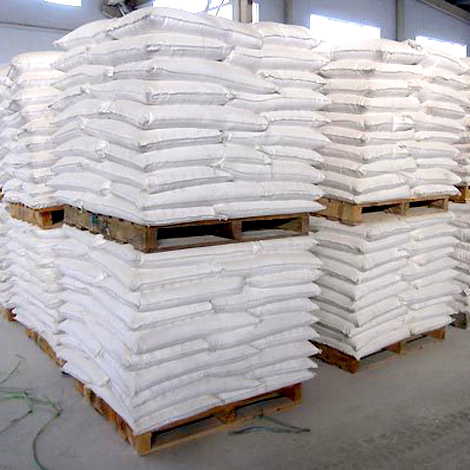


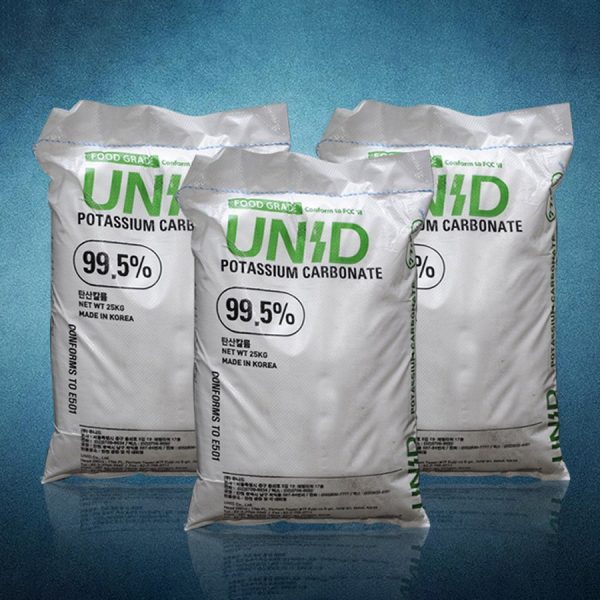
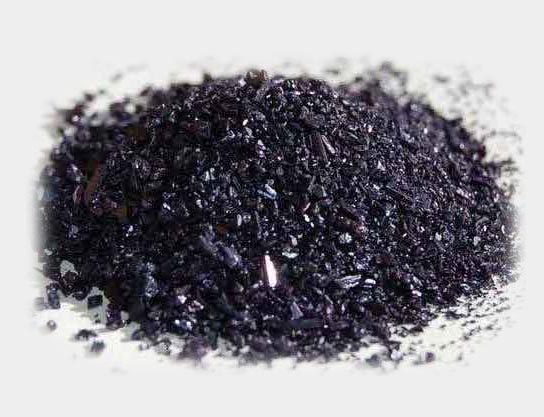
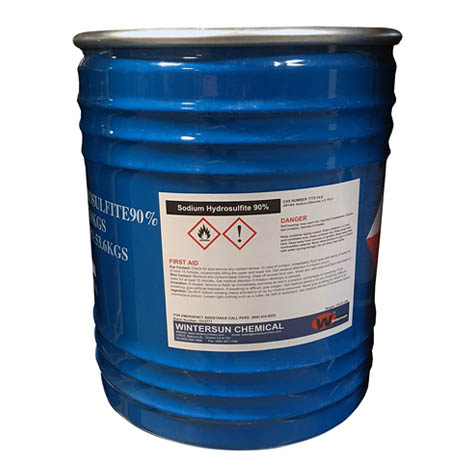
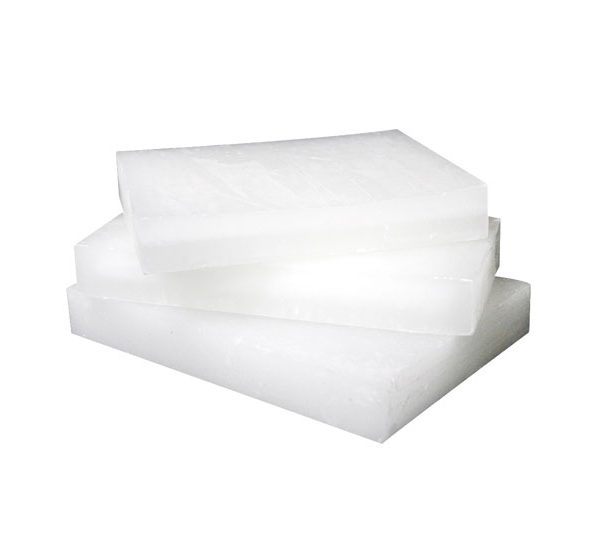



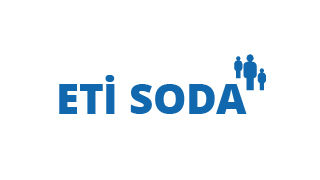



Reviews
There are no reviews yet.